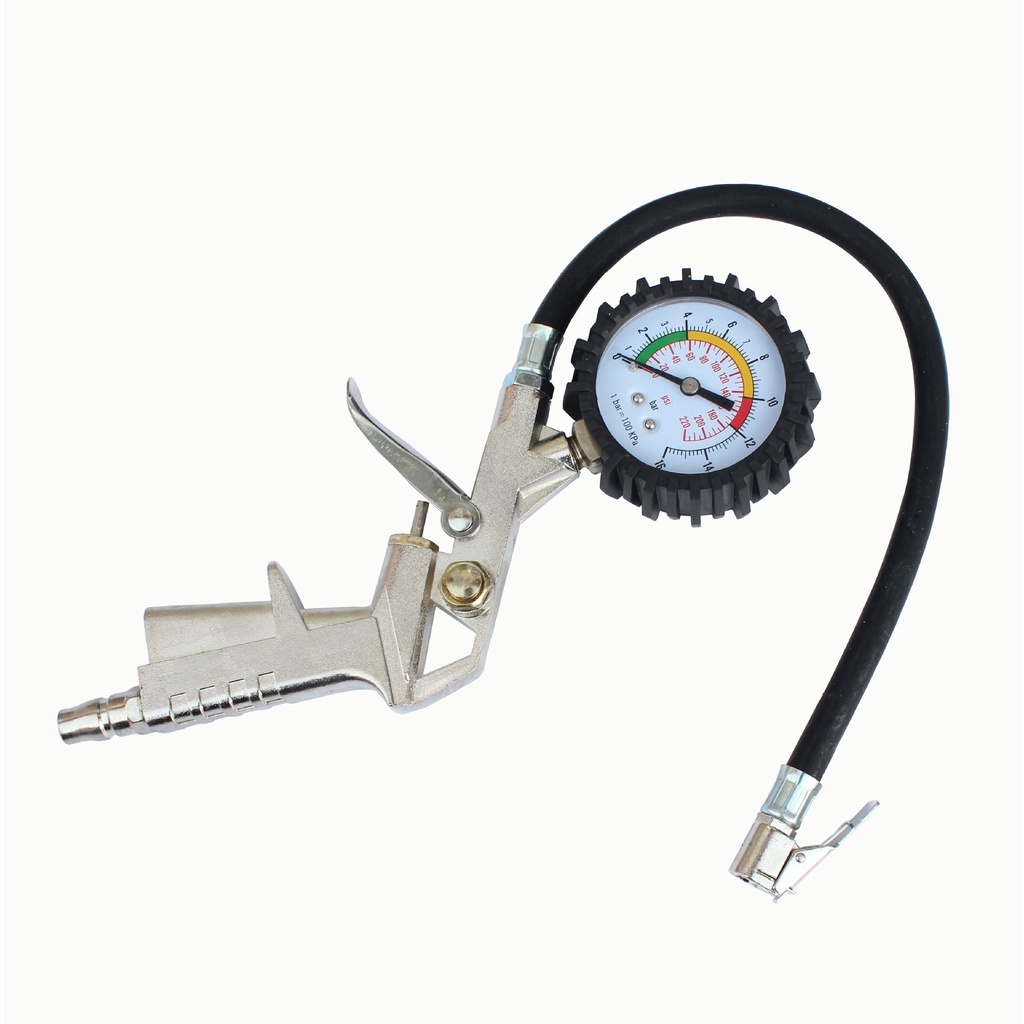

Ensuring correct tire pressure is paramount for safe and efficient driving, especially when traveling overseas. A simple yet crucial aspect of vehicle maintenance, it directly impacts fuel economy, tire lifespan, and overall safety. Correct tire inflation is essential for comfortable and safe journeys, especially when traversing varied terrains and climates. This comprehensive guide delves into the world of tire pressure gauges for cars overseas, exploring the importance of proper inflation, common issues drivers might face, and how to address them. This article will provide a detailed explanation of tire pressure gauges and how to select the correct one for your car. It will also include information on how to maintain the right tire pressure during your travels.
The Importance of Correct Tire Pressure
Understanding Tire Pressure for Overseas Travel
Proper tire inflation is crucial for a comfortable and safe driving experience, particularly when you’re exploring new locations or driving across varied terrain. Overseas journeys can expose your vehicle to different climatic conditions and driving situations. Maintaining the correct tire pressure is vital to ensure your vehicle performs optimally under different environmental conditions, thereby ensuring smooth rides and enhancing your trip. Irregular tire pressure compromises not only your safety but also your fuel economy. Uneven pressure can lead to premature tire wear, which can result in expensive repairs. Knowing how to gauge pressure and the specific needs of your vehicle is critical for optimal performance.
The Impact of Incorrect Tire Pressure
Incorrect tire pressure can lead to significant issues for your vehicle. Over-inflation can create a hard ride, potentially increasing the risk of tire failure from impact. Under-inflation can lead to a more comfortable ride initially, however, it reduces fuel efficiency by creating a larger rolling resistance. More severely, under-inflation can cause uneven tire wear and contribute to a higher risk of a blowout, which can compromise your safety and cause delays or even accidents.
Choosing the Right Tire Pressure Gauge
Types of Tire Pressure Gauges
Various types of tire pressure gauges are available, each with its own advantages and disadvantages. Digital gauges, often considered more precise, offer immediate readings and can typically be more reliable compared to analog gauges, which may require closer scrutiny to accurately determine the tire pressure. Analog gauges are typically less expensive, making them a suitable option for budget-conscious travelers. However, digital gauges usually provide a more precise and reliable measure of tire pressure. When considering your choice, consider accuracy, usability, and the intended use.
Factors to Consider When Choosing a Gauge
When selecting a tire pressure gauge, consider factors such as accuracy, ease of use, and durability. A reliable gauge will provide an accurate representation of tire pressure to help ensure your safety while traveling. Consider the unit of measurement, whether PSI (pounds per square inch) or bar, used for your vehicle’s tire pressure recommendations. Ensure the gauge is appropriate for your needs. If you’re frequently checking your tire pressure, an easy-to-read and simple-to-operate gauge is recommended.
Maintaining Correct Tire Pressure Overseas
Regular Checks and Adjustments
Regular tire pressure checks are essential, regardless of your location. It’s strongly recommended to check your tire pressure at least once a week, especially before long trips or after significant driving. This practice allows you to detect any pressure fluctuations early and address them immediately. Environmental factors such as temperature variations and altitude changes can cause tire pressure to fluctuate, and regular checks mitigate potential issues. Carry a reliable gauge, and don’t hesitate to inflate your tires to the recommended pressure specified in your car’s manual. This will ensure a comfortable and safe ride for you and your passengers.
Addressing Fluctuations in Tire Pressure
Overseas travel often involves variations in temperature and altitude, which can affect tire pressure. Understand these factors and how they impact your vehicle’s tires to ensure that your tire pressure remains in the recommended range. If you notice a significant deviation from the recommended pressure, inflate or deflate your tires accordingly. Remember to consult your car’s owner’s manual or reputable online resources for accurate tire pressure recommendations.
Local Regulations and Variations
Understanding International Tire Pressure Standards
Tire pressure regulations may vary from country to country. Always refer to local regulations and guidelines to ensure compliance and avoid potential penalties. These standards often exist to promote safety and reduce accidents on the road. In addition, the accepted pressure units might differ between countries. Understanding the different units of pressure can prevent potential misunderstandings.
Adapting to Diverse Driving Conditions
Driving conditions overseas can be significantly different from your home country. Different terrains and climatic variations can affect the recommended tire pressure. Always research and adapt your tire pressure to the prevailing conditions to maintain optimal performance. For instance, high-altitude driving may necessitate slightly different tire pressure compared to lower altitudes, as air pressure decreases with increasing elevation. Consider adjusting your tire pressure accordingly for optimal performance in different conditions.
Tools and Resources for Overseas Tire Pressure Management
Utilizing Resources for Accurate Information
Several online resources offer information on recommended tire pressure. The car’s manufacturer website is an invaluable source, providing accurate details for specific models. Additionally, the manufacturer’s owner’s manual is a reliable source of information. These resources offer accurate pressure guidelines tailored to different terrains and conditions. These can be invaluable resources for maintaining the proper pressure. Additionally, consulting with local mechanics or automotive services can offer further insights for your travels.
Using Your Car’s Owner’s Manual for Guidance
Your vehicle’s owner’s manual contains crucial details about your car, including the recommended tire pressure. These details can vary based on the specific vehicle model. Always consult the relevant documentation for your model. This crucial information will guide you on how to maintain the right tire pressure for optimal performance. Refer to the appropriate section for specific guidelines.
Safety Precautions and Best Practices
Checking Tire Pressure Before Every Long Trip
Before embarking on any significant journey, including those overseas, carefully check and adjust your tire pressure. This proactive measure helps you maintain a safe driving experience, ensuring tire integrity and avoiding unexpected issues on the road. This is especially crucial for long-distance trips to ensure your safety and comfort. Tire pressure checks should be an integral part of your pre-trip routine.
Ensuring Gauge Accuracy and Reliability
Ensuring the accuracy of your tire pressure gauge is paramount for proper inflation. A faulty or inaccurate gauge can lead to incorrect tire pressure, which ultimately affects safety and tire longevity. Regularly check and calibrate your gauge to maintain accuracy and prevent potential mistakes.
Preventive Measures and Maintenance Tips
Recognizing the Signs of Under-Inflation or Over-Inflation
Understanding the symptoms of under-inflation and over-inflation of tires can help you maintain optimal pressure. Symptoms include uneven tire wear, increased tire pressure readings, and reduced fuel economy. Recognizing these symptoms early helps address any issues swiftly. This quick assessment can help avoid accidents or significant repair costs later down the line.
Optimizing Tire Pressure for Different Road Conditions
Adjusting tire pressure based on road conditions can significantly improve your driving experience, particularly during trips across various terrains or road types. Different road conditions necessitate varying pressures. Understand the effects of these road variations on tire performance, as well as potential road hazards. This knowledge can enhance your driving experience considerably.
Additional Tips for Overseas Drivers
Carrying a Spare Tire and Tools
Having a spare tire and the necessary tools for tire changes is always recommended, especially when driving overseas. This proactive measure enables you to address potential issues promptly, avoiding delays or costly roadside assistance. Ensure these items are easily accessible and in good condition.
Checking with Local Authorities for Tire Requirements
Researching the local regulations and requirements regarding tire pressure before traveling is always advised. Understanding these requirements helps prevent any potential issues or penalties related to incorrect tire pressure.
Maintaining Proper Tire Pressure for Enhanced Fuel Economy
The Relationship Between Tire Pressure and Fuel Efficiency
Maintaining the correct tire pressure is directly related to fuel efficiency. Under-inflated tires increase rolling resistance, leading to decreased fuel economy and increased fuel consumption. In contrast, proper inflation improves tire performance and efficiency, thus impacting fuel economy.
Optimizing Driving Habits and Tire Pressure
Efficient driving habits, in conjunction with proper tire pressure, maximizes fuel efficiency. Combining these factors enhances your vehicle’s fuel economy, which ultimately impacts your costs for overseas travel. These adjustments can save money over the long run, as well as contribute to the overall safety of your vehicle.
Frequently Asked Questions
What are the key differences between tire pressure gauges for cars overseas compared to those in my home country?
Tire pressure gauges, while fundamentally the same in terms of function, might differ slightly in the units of measurement (e.g., PSI, bar) used, or the type of sensor employed. Regulations and recommended pressures also vary. Always ensure that the gauge and pressure reading are compatible with the local regulations and your specific car model. It’s crucial to verify the gauge’s accuracy and consistency with the car’s manual for your specific make and model. It’s also recommended to research the local tire pressure guidelines and regulations, as these may vary from your home country. Furthermore, the local units of measurement for pressure can sometimes be different. For instance, some places use bar instead of PSI, and it’s vital to understand how these units translate for correct tire inflation.
What tools or resources can I use to identify the correct tire pressure for my vehicle?
To identify the proper tire pressure for your vehicle, consult your vehicle’s owner’s manual, which usually contains the recommended tire pressure for different tire types and conditions. Furthermore, you can find this information in a sticker placed on your driver’s side doorjamb. The correct tire pressure also depends on the weight of your passengers and cargo. When traveling, ensure that the tire pressure is checked frequently, as environmental factors such as temperature and altitude can influence tire pressure. In addition, make sure you are carrying a reliable and accurate tire pressure gauge. Always double-check your gauge before relying on its reading, and if you have any doubts, consult a professional mechanic.
In conclusion, ensuring correct tire pressure is crucial for safety, fuel efficiency, and tire longevity, especially when driving overseas. By understanding the importance of using the correct tire pressure gauge, regular checks, and potential variations in different regions, drivers can avoid costly repairs and keep their vehicles running smoothly. For a deeper dive into this crucial aspect of vehicle maintenance, we recommend consulting your car’s owner’s manual or checking online resources from reputable automotive websites. Always prioritize safety and follow local regulations regarding tire pressure.